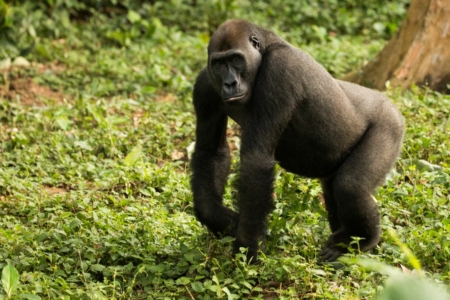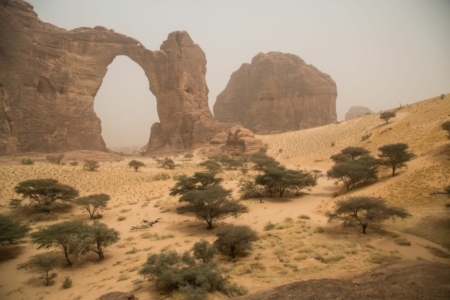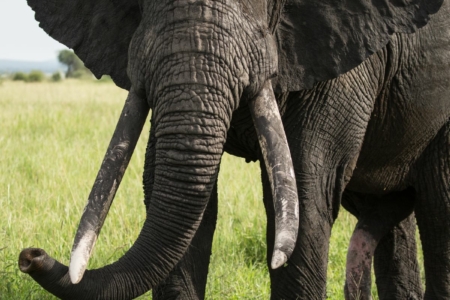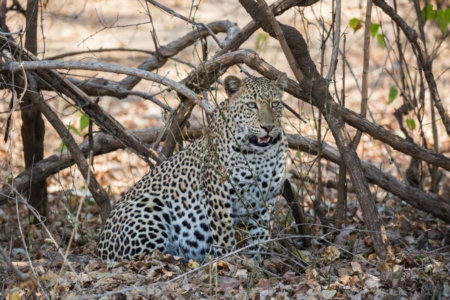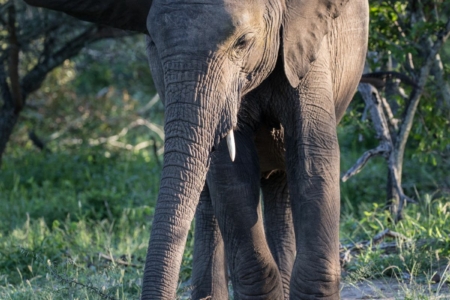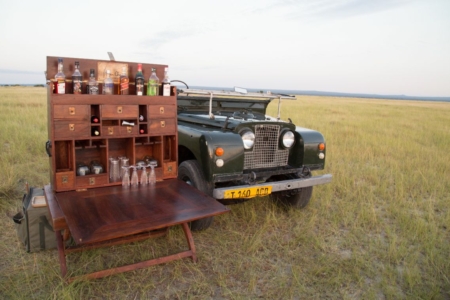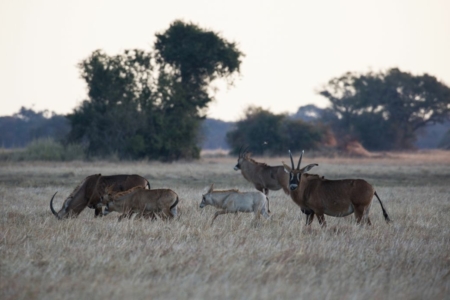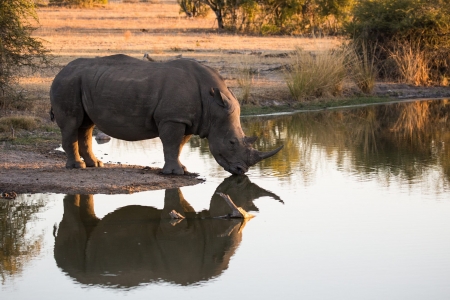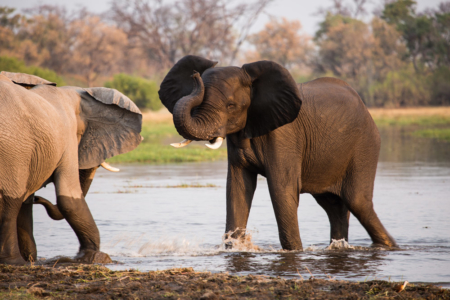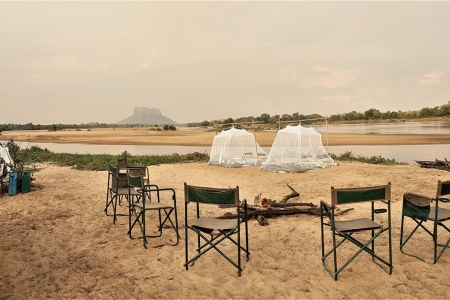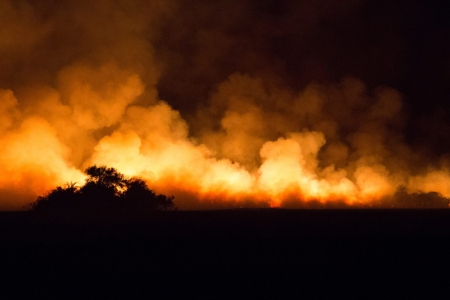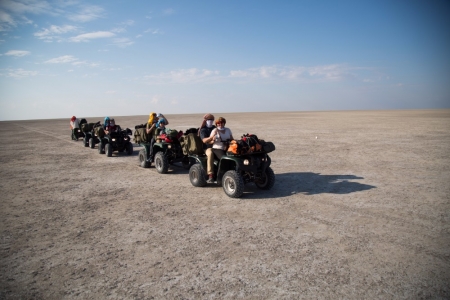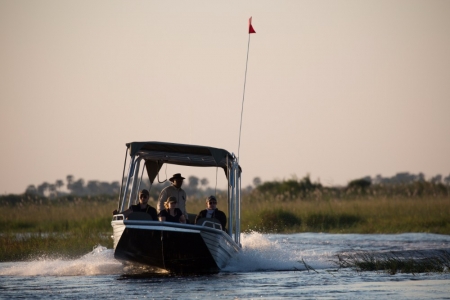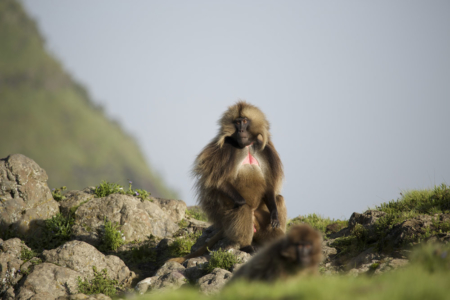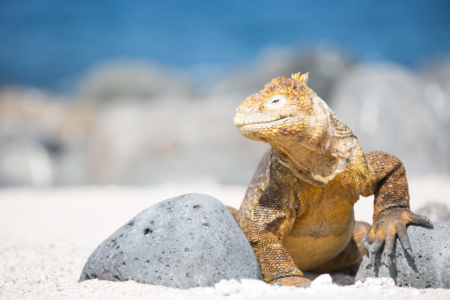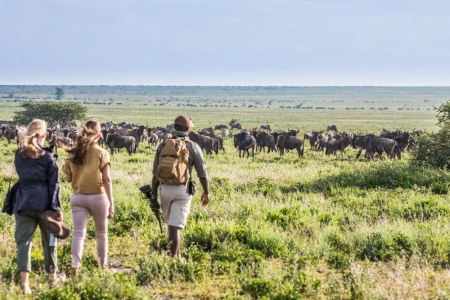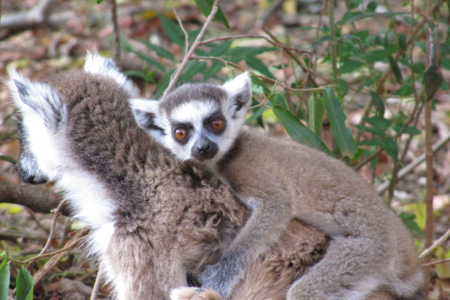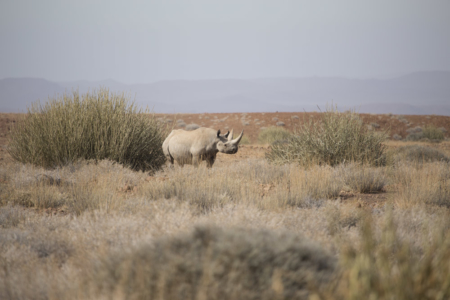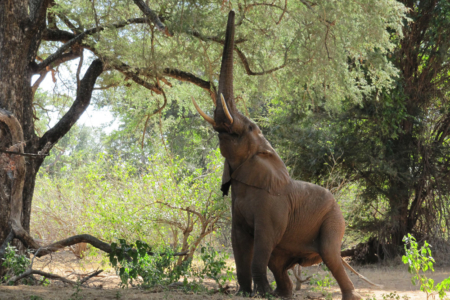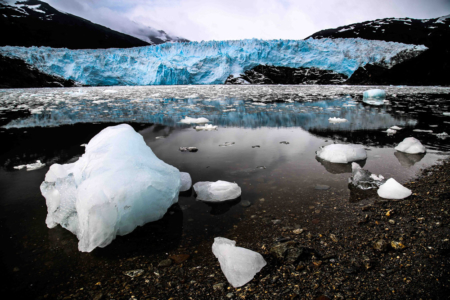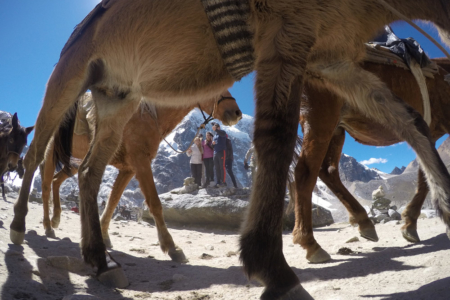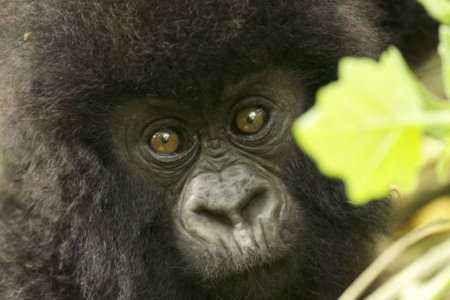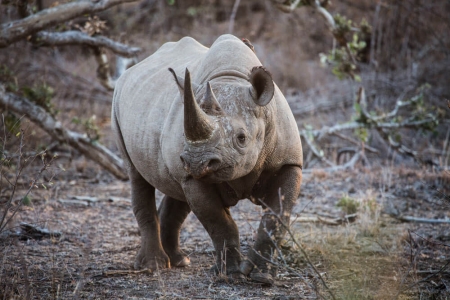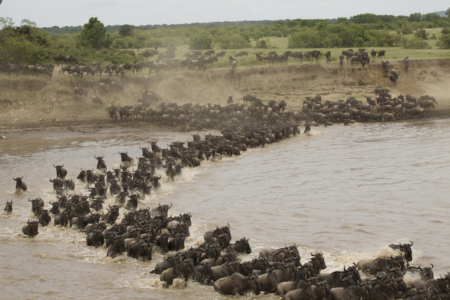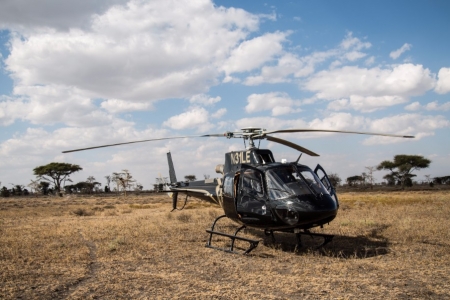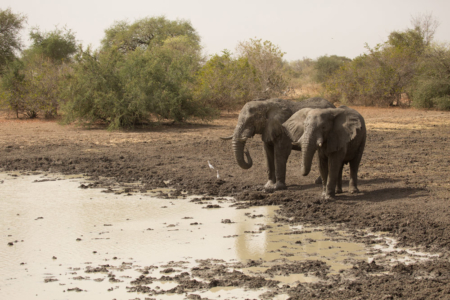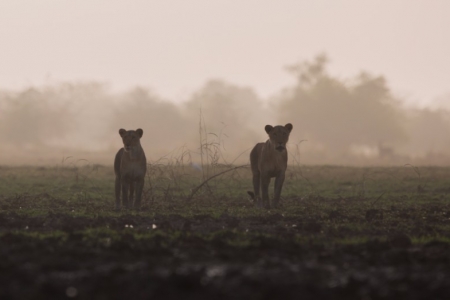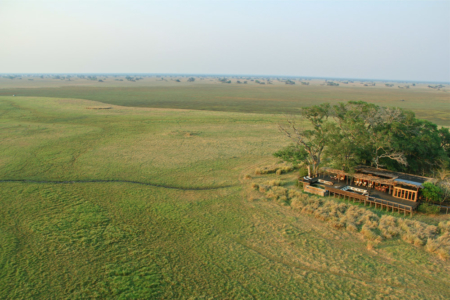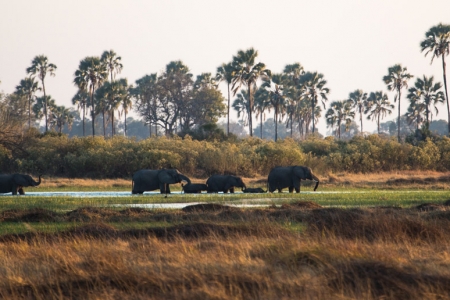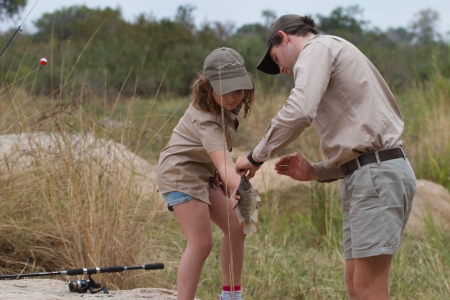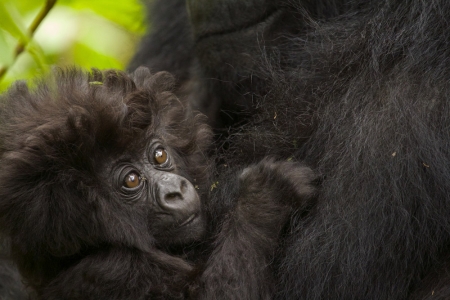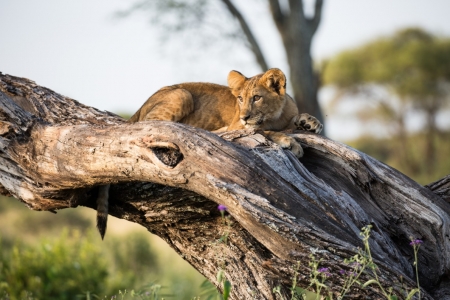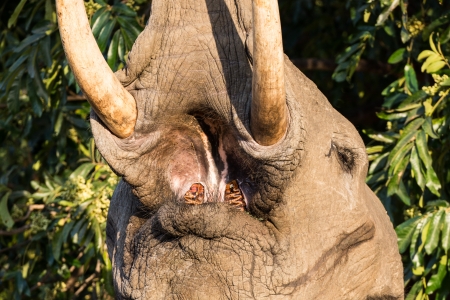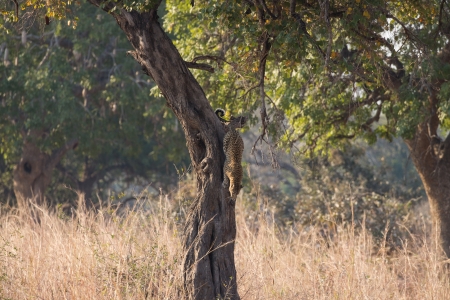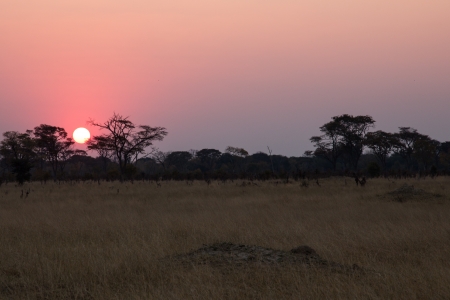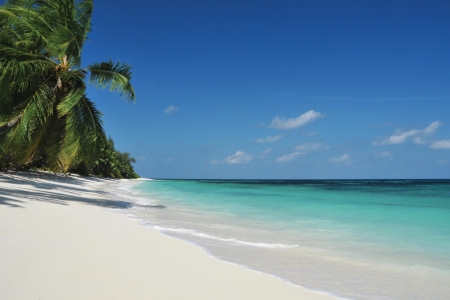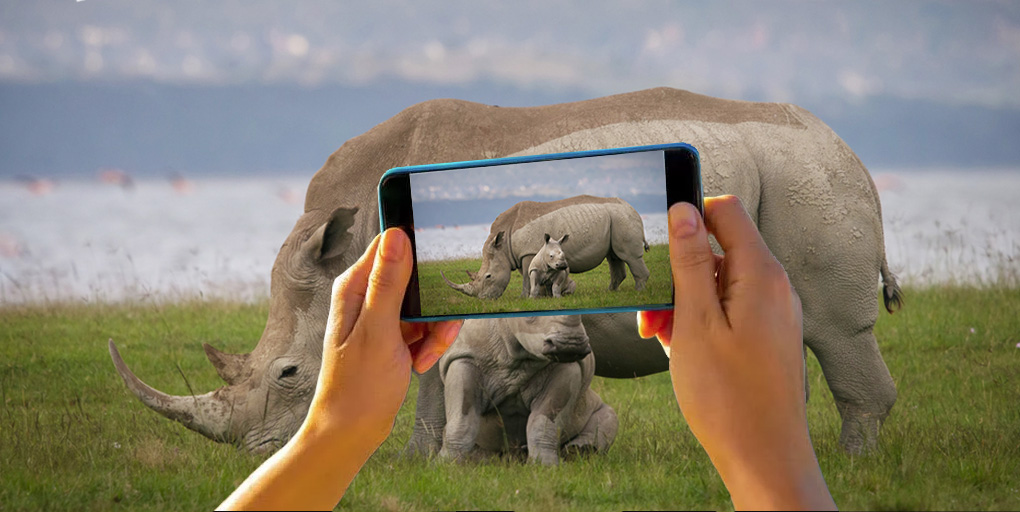
Social Animals – the effects of social media on the safari industry
Gareth Hardres-Williams sells and markets Anderson Expeditions safaris and expeditions across the African continent and has taken some time to explore a troubling trend on social media and further unpack the Anderson Expeditions approach to an ethical wildlife experience…
One of my most enduring and longest-standing friendships began with a disagreement. At its core, it was a disagreement between two passionate naturalists about what responsible “consumption” of wildlife looked like. I viewed encroaching on a wild animal as an aggressive, uninvited and unnecessary consumption of resources – of a sense of safety compromised, a feeling of calm stolen. When we met, Gavin and I were both guides at Londolozi Private Game Reserve. Gavin was, to be frank, a much better guide than I was. To be less deferential, he had a different style of guiding (that is what he would say). His knowledge was exceptional, his wit was quick, he took incredible photos and his guests always adored him – so much so that he is now married to one of them!
I, on the other hand, delivered a different safari experience and have not married a guest. I thrived on what I dubbed the “slow safari”, often quoting then Prince, now King Charles’s assertion that “one preferred to paint rather than photograph as that process required one to really look at the subject”. In reality, this approach to some extent masked my inability with a camera (to be fair, I never had one to be useless with), but equally, it did afford me the opportunity to sit quietly and observe. I encouraged the guests on my vehicle to do the same.
The disagreement between Gavin and myself centred on the notion of “getting that perfect shot” and to what extent guides should push the envelope. In the late 90s and early 2000s, we had industry “envelope pusher” John Varty leaping into sightings wielding both camera and Bowie knife with equally gay abandon. Suffice it to say the “slow safari” was not a universal approach.
The day of the quarrel, slow met fast and grievances were aired. At the time of our altercation, Gavin was guiding one of his fancy repeat amateur photographer guests (another feather in his guiding cap) and I was slogging away with my “everyday, regular guests”. Seated in pole position in a charming sighting, with a young leopard cub frolicking in a tree in the watery, late afternoon sunshine, I radioed Gavin and the semi-pro camera crew, inviting him to take up a position to enjoy the delights on show. When Gavin brazenly plonked his Land Rover far too close to the little fella for my liking, and then to add insult to further injury, proceeded to use some artificial lighting to improve the shot, I was not amused. My lack of amusement was not simply because my ethics had been offended, but also because I had spent the vast majority of the sighting prior to Gavin’s arrival explaining to my guests how I could not approach any closer, nor could we use a spotlight to brighten the scene for fear of negatively impacting the little animal.
Back at camp later that evening, we had a rather heated exchange over what had transpired, and it is probably fair to say we agreed to disagree. Over time, both Gavin and I have now come to share a very similar approach to sensitivity and safari ethics – a meeting of minds if you will. We both find ourselves acutely aware of the pressures sometimes placed upon guides, but equally, recognise the responsibility of the guide to act as a custodian and protector of the wilderness and all who inhabit it.
These days, I find myself having similar quarrels in my head on a near-daily basis as I somewhat reluctantly scroll through the social media accounts of safari guides and safari businesses. There appears to be an agenda among some to drive the notion that there is a direct correlation between how profoundly one can invade the personal sanctity and space of a wild animal and the perceived level of guiding skill possessed by the invader.
The idea is constantly being promulgated that the closer you get to an animal, the better the guide is and the better your experience should and will be. I find it fascinating and deeply disturbing. Disturbing in that a largely uninformed audience (with the greatest of respect to said audience) is now encouraged to celebrate the idea that sitting down on the ground next to a “wild” cheetah enjoying the spoils of its hunt, for example, is a good sighting and anything more removed is, well, just a bit boring. I remain firm in my belief that even if the animals have been reared for this purpose (don’t get me started) and are totally at ease, there remains a nasty precedent being set and an expectation being created – fueling this “closer is better” narrative. It also fuels audience confusion, as a New York-based real estate agent is left quite bemused as to how this predator is not literally chewing the ear off the photographer. “Are all safari animals tame then?” “Africa must just be one giant zoo – but even zoos have cages?!”
This narrative is not driven by the would-be safari-goer, but by some guides and safari businesses and it appears that they have not only bought into the notion that a more consumptive approach to wildlife viewing is better, but also that it is in their best interests to promote this narrative. Indeed, some safari businesses have incorporated the notion of closeness into the straplines used to sell their safaris. I find that to be a fascinating premise and, in my pop-psychology analysis thereof, maintain that surely it all comes down to that nasty three letter word – ego!
The ego, by its very nature, excludes all others, focusses on the self and in a very primal sense, does so in order to survive. I am left wondering though, if it is not a sure-fire way to kill many of the much-espoused benefits of a safari dead in their tracks – it certainly signs the death warrant of the “slow safari” in my opinion. The glorification of closeness to an animal adds the notion of thrill-seeking to safari and moves us further from the concept of reconnecting and reinvigorating through a shared experience of nature. Of course a safari should be an absolute thrill, exciting, invigorating and revitalising, but not at the expense of the animals we observe. When I shared my recent thoughts with the self-same Gavin from above, he made the astute comment that points to the very disconnect I am seeking to highlight, he said, “sadly, the ego will think we are grumpy, old, retired jeep jockey’s” and whilst I can certainly be grumpy, I would like to think that it is an emotion far wiser and more self-aware that is driving my discontent with what social media users are being presented as a “great sighting” on safari.
Another interesting phenomenon that I have observed in the safari industry over the years and speaks to the impact of ego is the popularity of the female safari guide among regular safari-goers. Now, of course, it is a sweeping generalization to maintain that only male guides are blinded by the grey mist of ego, but it is equally interesting to note that very few of the female guides I have come across are to be found tugging tail hairs from elephants or stealing the quarry off a bemused hyena – all things that have been attempted by male guides in full view of paying guests while, no doubt, accepting chest slams and fist bumps on his return to the vehicle.
The female guides are seldom the first choice of first time safari-goers. Picture the scene – a queue lining up in the lodge parking lot, folks scrambling to get onto the vehicle piloted by the man guide with his spray on shorts and “lion claw” scar. It is, however, almost without fail that those who have enjoyed a safari led by a female guide will request the same guide the next day. Again, I would be doing myself a disservice (ooh, there goes my ego kicking in) to suggest that there are not some terrific guides out there, both men, women, gender-neutral, non-binary, whatever, who possess the EQ, intellectual awareness and sensitivity to recognize that closer is not necessarily better. It is they who realise that the first prize is an experience built on respect for the animals and the environment in which we are privileged to be.
So after that gender-based diversion, let us get back to these Instagram posts promoting the “up close and personal” experiences; those experiences offered you by trained and experienced guides that will awaken all your senses as a young Hwange elephant bull slaps you in the face with his trunk, the decaying deadwood of a fallen tree trunk offering you “ample” protection from the world’s largest land animal.
Having ranted somewhat above, I will now try and not get caught in the trap of sanctimoniously preaching that it is my way or the highway, but I would like to make the following observations…
- Consumption is a state of mind that a safari should help you escape
Our everyday world is driven by this notion of consumption above all else and without getting overly conspiratorial, it is our obsession with consumption that has us where we are as a species and society in general. The wilderness and her wildlife offer a remedy to that state. Even the “consumptive” elephant that devours 200kg of foodstuff a day, does so not because leaves are on an “eat one get one free” special, but because that is what is required to sustain his bulk. The elephant does also not consume without making a reciprocal contribution – landscaping, fertilizing and pruning are all services rendered by the elephant in the process of its feeding. Extrapolating the consumption concept to a safari experience, one does not need to park the vehicle underneath an elephant’s bottom to appreciate the size of their excrement. One should avoid the desire to consume all the space between us and the animals, and in so doing leaving their dignity unoffended, eschewing the notion that because we can, we must!
- Abuse is abuse
I recognize that “abuse” is a loaded term and as such, I really don’t use it lightly in this context, but I do maintain that its use is justified here. So much of this ego-driven nonsense of “getting close” is abusive and much like the abuse we humans relate to, the impacts on the abused are similar. The animals can and do become fearful as their space is invaded, their behaviour adapts and there are consequences. For too long have we celebrated these “brave” souls who seek to cross the divide. We have also buried many of these “brave souls” long before their due date.
- We are human – an apex predator
Despite the fact that we may just want to “sit there quietly and enjoy the spectacle” let us not forget what we humans are at our very essence – a much-feared predator. We have not come to have dominion over all because we sat back meekly and drank tea! Our front-facing eyes and carnivorous habits all point to the fact that we have evolved to where we are now because we have been pretty damn efficient predators over the years. This fact is not lost on the internal hard-wiring of the animals we view on safari. There is mutual respect amongst our fellow predators, provided we obey the simple rules of maintaining a respectful distance and do not behave as though the other predator is being hunted.
I give you the “perfectly safe and impact-free” notion of a small group of humans crouched with their “brave” guide near a cheetah and her young while they feed on a recently caught antelope. The intrepid group are encouraged to carefully steal a few yards, to move closer when the cheetah is “not looking”. Perfectly safe for whom I ask you? You will very soon come to recognise that we are still viewed as predators should you happen to stumble across a lion while out walking in the bush. It is, with the rarest exception, the case that the “king of the jungle” will exit stage left very quickly when he sees human on foot. Why?
He instinctively recognises the risk and knows that we are really not to be trifled with as the sympathetic nerve fibres of the lion’s autonomic nervous system activate*. There is a fundamental biological reaction to human presence which comes at a cost to the lion / cheetah / animal upon whom we encroach. The animal’s body produces hormones and expends energy it could otherwise have conserved. To anthropomorphise somewhat – the animal is scared by our closeness. A caveat – as alluded to above, I do recognise that there are establishments that provide refuge to animals in exchange for their participation in these photoshoots – this is another side of the same coin and a debate for another day perhaps. I do not, however, believe it to be appropriate at all to encourage closeness even in this instance, and see it as part of the same ego-driven problem, but will reluctantly recognise that there is a distinction between truly wild animals and these “photographic models”.
- Technology gets us close anyway
I watched a recently uploaded sighting on Instagram where a guest was aiming his vast lens at a gorgeous Serval picking its way through the grasslands of Tanzania. The vehicle coughed and sputtered close to the cat, the bulky game-viewer edging clumsily closer and clearly impacting the animal – and all to allow the guest to get that perfect shot. The irony of this video, posted by the proud photographic guide, was that the guest eventually gives up trying for the shot and in amused exasperation declares “too close”. The camera the guest was wielding clearly had a lens powerful enough to see the cat changing its mind, and thus the intrusion was not only fruitless but unnecessary. That is the reality of the gear we are able to enjoy safari’s with these days, one doesn’t need to consume all the space between to enjoy a sighting – the binoculars are exceptional and the cameras amazing, that the distance between can be reduced without an intrusion.
Of course, there is a gradient to all of this, and who am I to determine what is too close or not close enough. Obviously, animals approach vehicles often, willingly closing the gap between the observer and the observed, and these breathtaking and jaw-dropping encounters then become all the more special and intimate. The animal has offered up that space by choice, without the ego-driven motive to consume all. Therein lies the rub. I would encourage all guides to stop and consider their motive when choosing to champion proximity, to really interrogate the act of closing the gap before doing so – or hopefully not doing so.
The irony of all of this is that the guilty party, the macho, ego-driven safari guide, knows all of this, he (yes, he) has seen it played out countless times before and will, in the same breath (and perhaps even genuinely) espouse the importance of a safari resetting and healing the human psyche – all the while missing the key ingredient in that reset – that counterbalance to ego – self-awareness.
My parting shot on all this is to suggest that those privileged enough to enjoy a safari right now have access to something that really does offer so much of what we need as a community and a society – possibly more so than ever before. I do see the irony in that, by promoting a safari to aid in some kind of communal healing and reset, I am also encouraging the consumption of wildlife and wilderness. The distinction as I see it is that I encourage a conscious consumption of our shared wild spaces, one that is respectful and considerate, thoughtful and gentle. A consumption that truly sees the “other” as part of the same system and recognizes that we have an impact and as such a big responsibility to manage that impact. Guides and safari businesses are at the forefront of this messaging and are indeed responsible for the establishment of the culture around safari. Sadly, the obsession with closeness and bravado are seeing this culture heading entirely in the wrong direction and we risk missing an enormous opportunity to leverage safari and the exploration of wilderness to encourage a mindful shift.
* https://www.britannica.com/science/fight-or-flight-response
